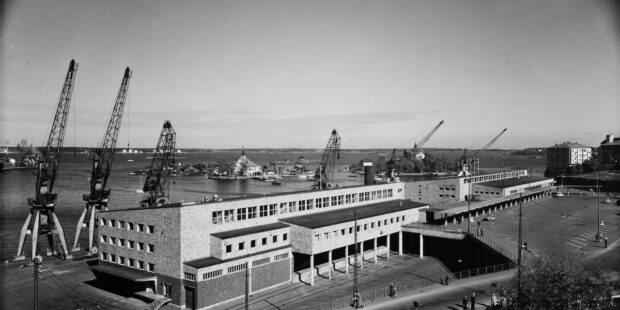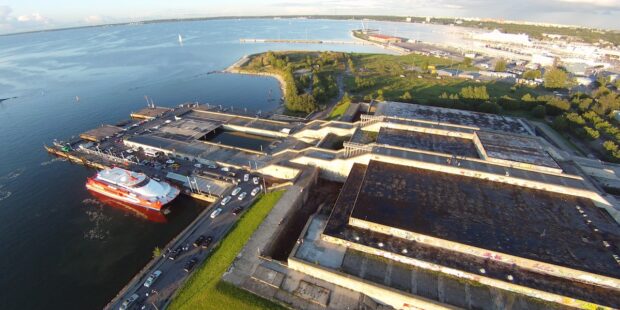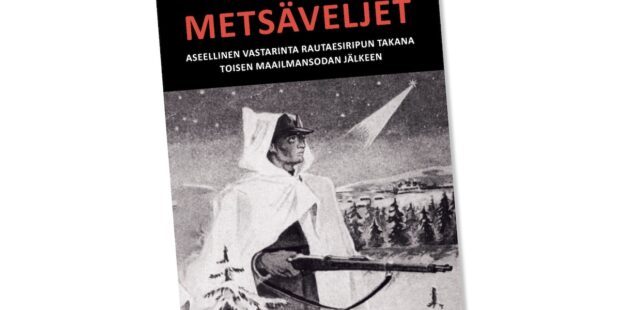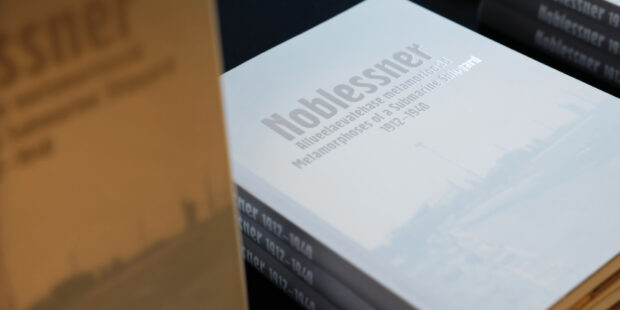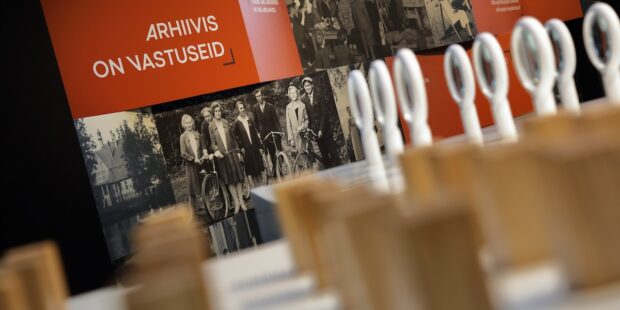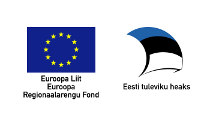When shipping returned to Helsinki–Tallinn
Text Peter Raudsepp (edited by Susanna Poikela) Photos Peter Raudsepp, Raud Publishing, SLHY
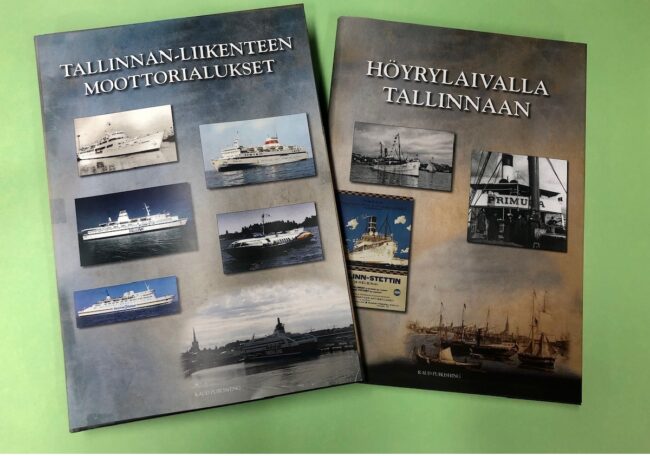 Steamboat to Tallinn and Motor Ships in Tallinn Traffic are suitable reading for anyone interested in the history of Finnish shipping, and for people who love visiting Tallinn. The books can be ordered from Peter Raudsep (peter.raudsepp@elisanet.fi).
Steamboat to Tallinn and Motor Ships in Tallinn Traffic are suitable reading for anyone interested in the history of Finnish shipping, and for people who love visiting Tallinn. The books can be ordered from Peter Raudsep (peter.raudsepp@elisanet.fi).
This year marks the 60th anniversary of the reopening of the Helsinki–Tallinn shipping route, which was closed when the Soviet Union occupied Estonia following World War II.
In the spring of 1965, final arrangements were made to ensure that the inaugural voyage would run smoothly in honour of the 25th anniversary of Soviet Estonia on 7 July. The decisions were made in Moscow, and Finnish President Kekkonen‘s good relations with the Soviet leaders facilitated the project’s implementation. The Soviet leadership’s main motive for restoring the shipping connection was to promote tourism in Soviet Estonia, and increase foreign trade.
For this service, the Estonian Shipping Company (ESCO) brought the motor ship Artek (launched 1964) from the Black Sea, which was then renamed Vanemuine. The Finnish rotation partner for the route was Suomen Höyrylaiva Oy. Due to delays in obtaining permits from the Soviet authorities, the shipping company received the steamships Silja II (launched 1906) and Wellamo (launched 1927) for the line at the last minute. They originally operated the Helsinki–Travemünde route, but began to depart from Helsinki while in Tallinn. This arrangement was only made for the summer season of 1965, when approximately 14,800 passengers traveled on the route.
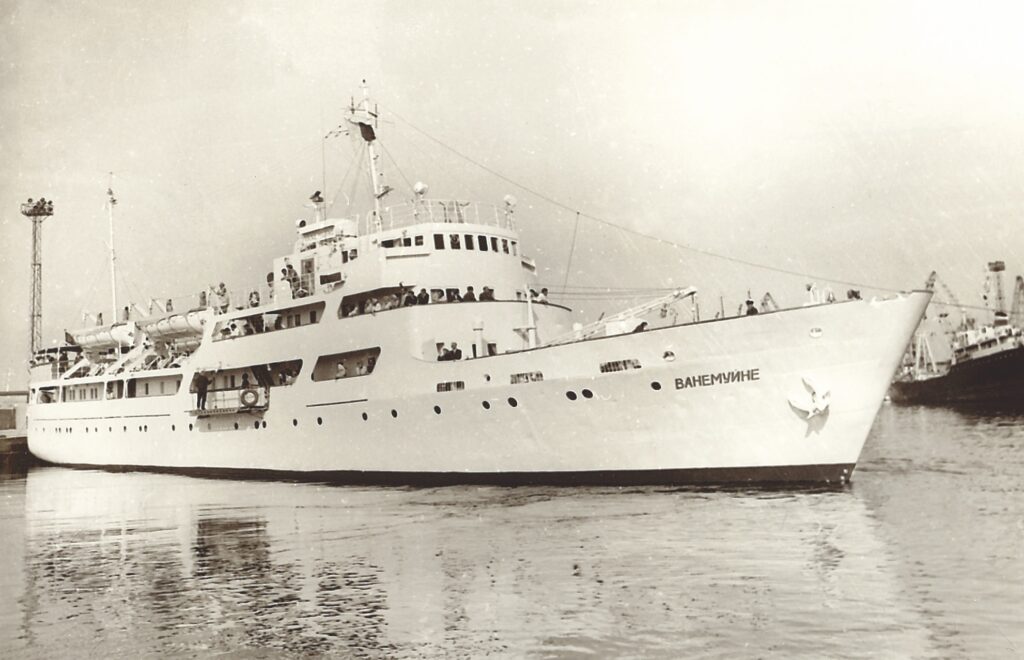
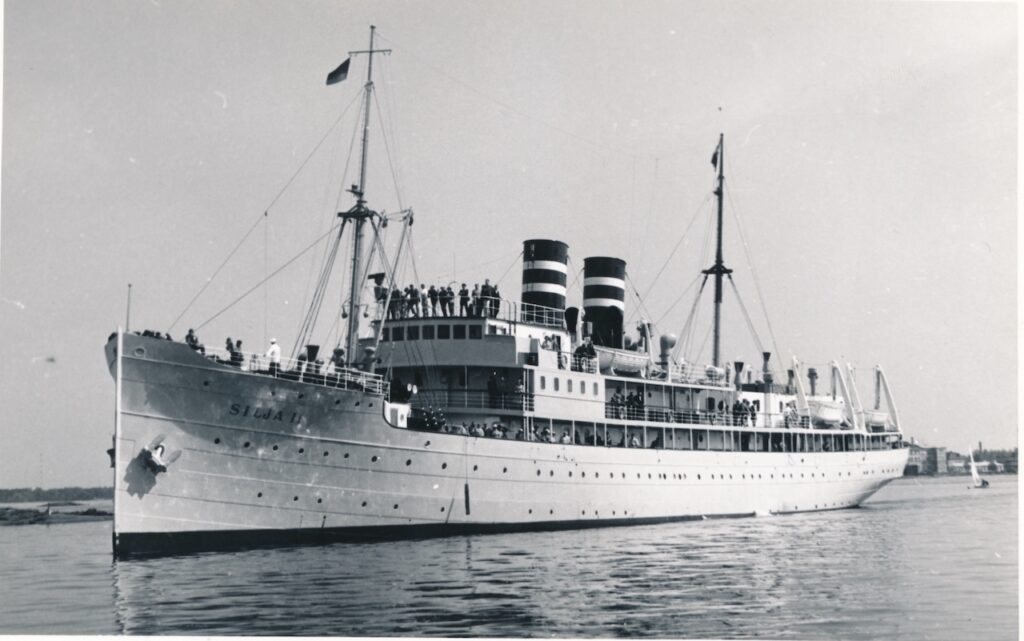
Among the first Finnish travelers were journalists, and people who had seen Tallinn before the war. Many wanted to see how the Soviet era had changed the city. Travel arrangements were complicated, border formalities were strict, and passenger surveillance was heavy. The aim was to limit close encounters between Finns and Estonians to prevent the spread of Western ideologies.
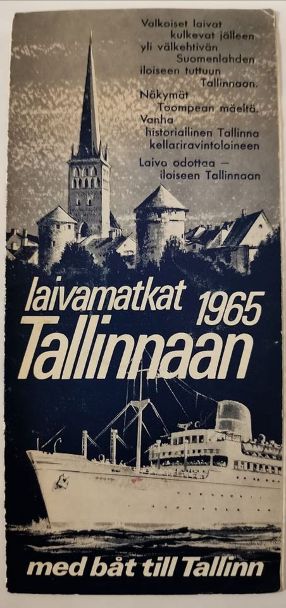
Vanemuine was still seen on the line in the summer season of 1966. At that time, it was joined by the steamship Silja. In 1967, ESCO replaced Vanemuine with the larger Tallinn ship (formerly Soloviki, launched in 1960), which was joined by the SHO, already known from the 1930s (launched in 1914). In 1968–80, only the Tallinn ship regularly sailed on the route. However, Finnish companies such as Finnlines, SHO, Bore, and Viking Line organised cruises to Tallinn.
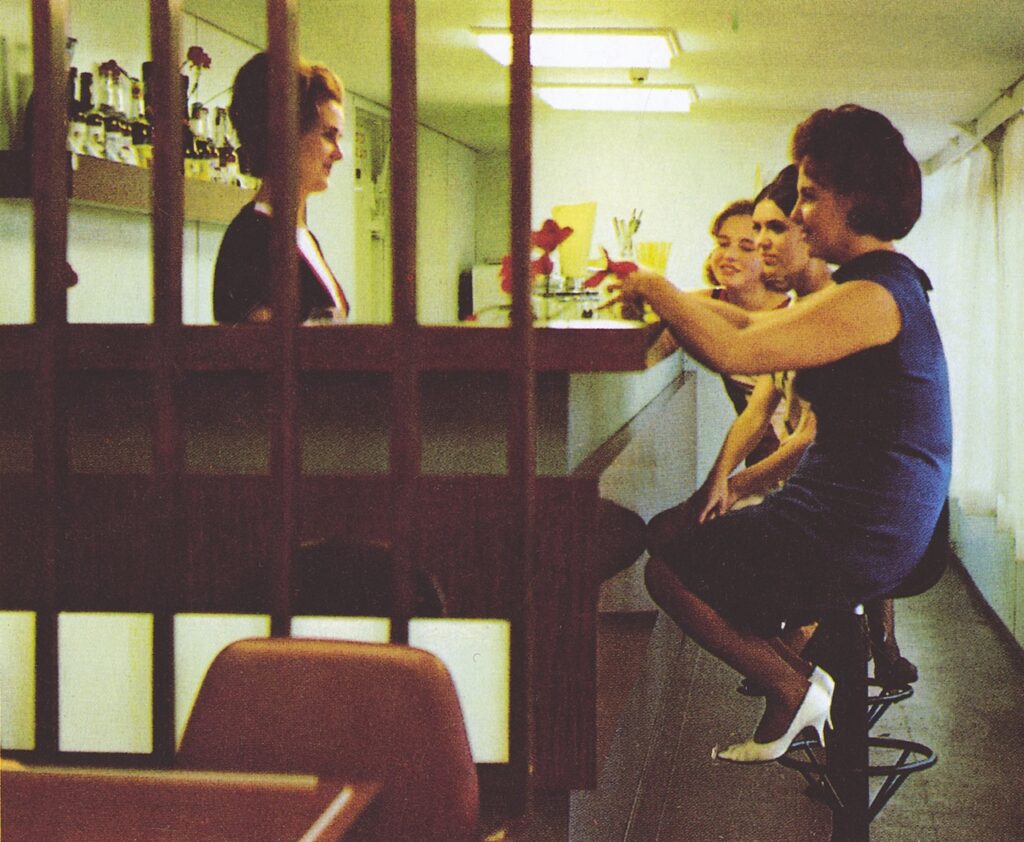
In 1980, the Moscow Olympics were held, and Tallinn was the venue for the sailing competitions. ESCO prepared for the increasing number of passengers by ordering a larger passenger ship, Georg Ots. This made it more difficult for the authorities to control the increasing number of Finnish tourists, and there were even plans to move the ship off the Tallinn route.
The Soviet leadership changed, and the country’s new reformist policy gave Estonians hope that the country would regain its independence. The gap with the West was growing, which was also understood thanks to Finnish tourists. When the struggle for independence began, Finns were attracted to the place that was now “the centre of events”. In addition to the ESCO company, the port of Tallinn was now served by Kristina Cruises and the new Estonian–Finnish company, Tallink. Small express ships were also new on the route. However, for some Finns, the 24-hour “party cruises” that had become popular and were operated off Tallinn were enough, as were the Sally company and Viking Line, for example.
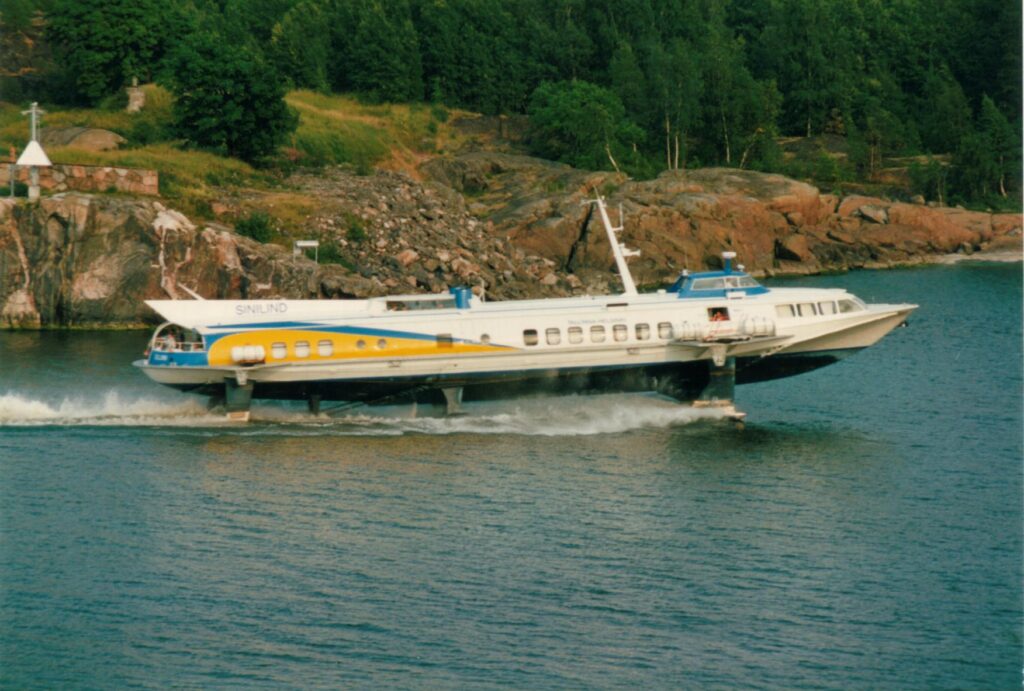
Estonia regained its independence after the dramatic events of August 1991. Several new shipping companies and more ships entered the Tallinn–Helsinki route, causing the number of passengers on the route to quickly rise into the millions.
To learn more about this and similar topicscruise ship to Estonia Estonian shipping History ship travel Society Soviet Estonia Travel


